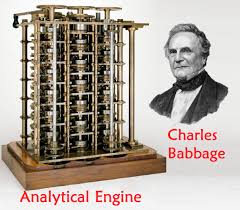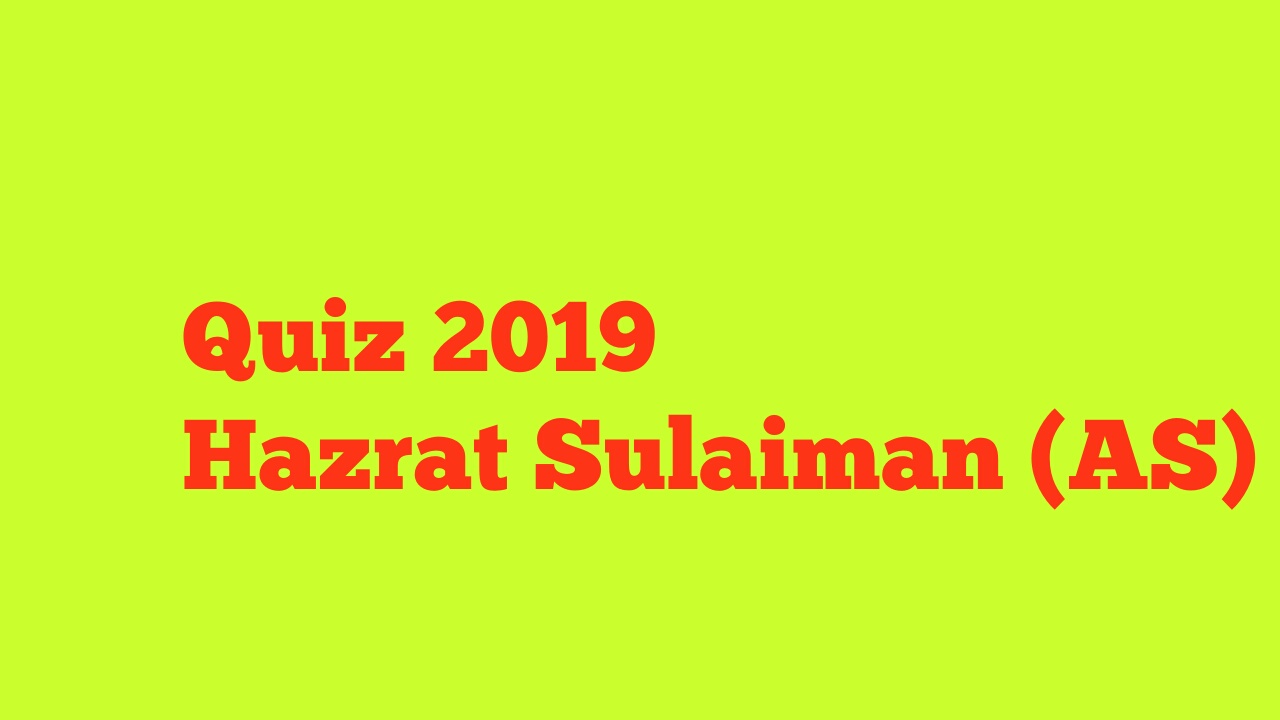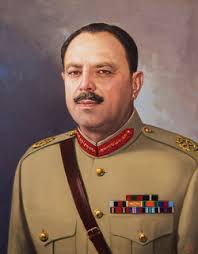Answers of Quiz 1861 (Charles Babbage and Computer Basics)
1. On 26 December 1791 in London, UK
2. British
3. Mathematics, Engineering, Political Economy, Computer Science
4. On 18 October 1871
5. Computer is an electronic device that accepts data & instructions (in form of programs) as input, process the data according to the given instructions & produce information as output.
6. Charles Babbage
7. Data is any collection of facts or figures. The data is the raw material to be processed by a computer. As: Names of students, addresses, sales figures etc
Information is a useful, meaningful & organized form of data. Computer converts data into information after processing. The output or result of computer is called information. As: Mark Sheet, Utility Bill etc
8. The physical or tangible components forming a computer are called Hardware. As: Keyboard, Mouse, Printer etc
Software refers to the programs that instruct the computer what to do. Software makes the computer useful. As: Visual Basic, MS-Word etc
9. Computer has language that is called Low-Level Language (or Machine Language) for instructing computer computer to perform specific task. It is also called Binary Language.
High-Level Languages are closer to human language than Low-Level Language. As: Fortran, Pascal, C++ etc
10. Input Devices are used to enter data. As: Keyboard, Mouse etc
Output Devices are used to extract data from a system. As: Printer, Monitor etc
11. There are two types of Primary Storage; Random Access Memory (RAM) & Read Only Memory (ROM). RAM is temporary, & its contents are lost when the computer is turned off. ROM is permanent which retains data even the computer is turned off.
Secondary Storage is a non-volatile memory. As: CD-ROM
12. The programs directly related to the comuter hardware & perform tasks associated with controlling & utilizing computer hardware are known as System Software. As: DOS, Windows etc
Application Software are programs that help a user perform a specific job. As: MS-Office, Adobe Photo Shop etc
13. Vacuum Tubes
14. Transistors
15. Integrated Circuits (ICs)
16. Microprocessors
17. Artificial Intelligence (AI)
18. Central Processing Unit (CPU)
19. Decimal System (0, 1, 2, 3, 4, 5, 6, 7, 8, 9), Binary System (0, 1), Octal System (0, 1, 2, 3, 4, 5, 6, 7) & Hexadecimal System (0, 1, 2, 3, 4, 5, 6, 7, 8, 9, A, B, C, D, E, F)
20. FORTRAN, PASCAL, C, C++, Java, PHP, JavaScript, Python, SQL etc
21. Windows-95, W-98, W-NT, W-2000, W-ME, W-XP, W-Vista, W-7, W-8, W-8.1, W-10
22. MS-Office is an office suite of applications, servers & services. As: Word, Excel, PowerPoint, Access, Outlook, OneNote, Sway, Publisher, Project
23. You need a modem & internet connection.
2. British
3. Mathematics, Engineering, Political Economy, Computer Science
4. On 18 October 1871
5. Computer is an electronic device that accepts data & instructions (in form of programs) as input, process the data according to the given instructions & produce information as output.
6. Charles Babbage
7. Data is any collection of facts or figures. The data is the raw material to be processed by a computer. As: Names of students, addresses, sales figures etc
Information is a useful, meaningful & organized form of data. Computer converts data into information after processing. The output or result of computer is called information. As: Mark Sheet, Utility Bill etc
8. The physical or tangible components forming a computer are called Hardware. As: Keyboard, Mouse, Printer etc
Software refers to the programs that instruct the computer what to do. Software makes the computer useful. As: Visual Basic, MS-Word etc
9. Computer has language that is called Low-Level Language (or Machine Language) for instructing computer computer to perform specific task. It is also called Binary Language.
High-Level Languages are closer to human language than Low-Level Language. As: Fortran, Pascal, C++ etc
10. Input Devices are used to enter data. As: Keyboard, Mouse etc
Output Devices are used to extract data from a system. As: Printer, Monitor etc
11. There are two types of Primary Storage; Random Access Memory (RAM) & Read Only Memory (ROM). RAM is temporary, & its contents are lost when the computer is turned off. ROM is permanent which retains data even the computer is turned off.
Secondary Storage is a non-volatile memory. As: CD-ROM
12. The programs directly related to the comuter hardware & perform tasks associated with controlling & utilizing computer hardware are known as System Software. As: DOS, Windows etc
Application Software are programs that help a user perform a specific job. As: MS-Office, Adobe Photo Shop etc
13. Vacuum Tubes
14. Transistors
15. Integrated Circuits (ICs)
16. Microprocessors
17. Artificial Intelligence (AI)
18. Central Processing Unit (CPU)
19. Decimal System (0, 1, 2, 3, 4, 5, 6, 7, 8, 9), Binary System (0, 1), Octal System (0, 1, 2, 3, 4, 5, 6, 7) & Hexadecimal System (0, 1, 2, 3, 4, 5, 6, 7, 8, 9, A, B, C, D, E, F)
20. FORTRAN, PASCAL, C, C++, Java, PHP, JavaScript, Python, SQL etc
21. Windows-95, W-98, W-NT, W-2000, W-ME, W-XP, W-Vista, W-7, W-8, W-8.1, W-10
22. MS-Office is an office suite of applications, servers & services. As: Word, Excel, PowerPoint, Access, Outlook, OneNote, Sway, Publisher, Project
23. You need a modem & internet connection.




Comments
Post a Comment